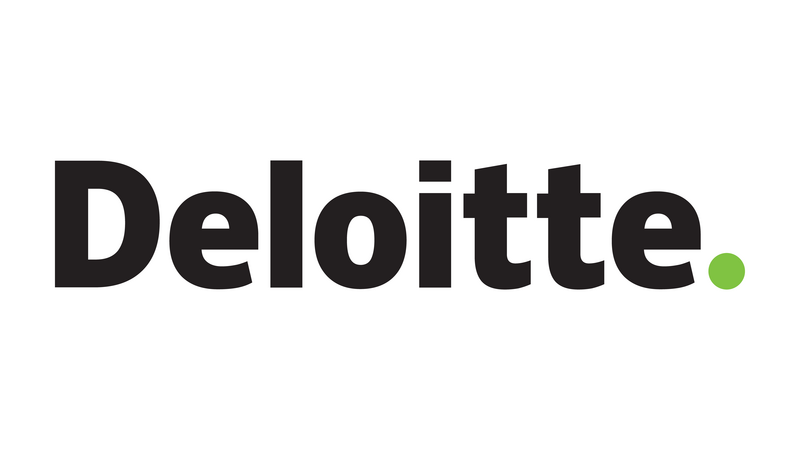Navigating the promises and pitfalls of ‘low-carbon’ hydrogen in Europe
‘Low-carbon’ hydrogen made with fossil gas must have strong safeguards if it is to make a positive contribution to Europe’s transition to climate neutrality. A new analysis by Agora Energiewende and Agora Industry, building on modelling by Deloitte, highlights the risks in draft EU rules and shows why grid-based renewable and ‘low-carbon’ hydrogen are the better fit for Europe’s climate protection and energy security interests.
Brussels, 24 July 2024. Europe will need considerable amounts of hydrogen to decarbonise sectors where direct electrification is not an option, such as certain industrial processes, long-haul aviation and shipping. However, the scale-up of renewable hydrogen that does not add to climate pollution is slower and costlier than previously thought. To meet demand, the European Union will therefore also need to tap into other sources of hydrogen, such as that made from fossil gas using carbon capture and storage (CCS) or with power from the grid.
The European Commission is currently developing detailed requirements for what qualifies as ‘low-carbon’ fuels, including hydrogen, in Europe. This methodology will be central to the integrity of European climate laws and determine the future cost-competitiveness of renewable hydrogen.
Based on market modelling by consultancy Deloitte and cost and emissions data provided by consultancy Carbon Limits, a new Agora report recommends several safeguards through which the EU can maintain security of supply while ensuring that low-carbon hydrogen contributes to the 27-nation bloc’s climate goals.
“Renewable and low-carbon hydrogen will make an important contribution to Europe’s industrial decarbonisation. But how the EU defines low-carbon hydrogen will decide whether investments in this field align with Europe’s pathway to climate neutrality or create new fossil-fuel import dependencies,” said Matthias Buck, Europe director at Agora Energiewende. “The definition of ‘low-carbon’ hydrogen should reflect implications for Europe’s energy security and the resilience of its transition to climate neutrality.”
Reducing the maximum-emissions threshold for low-carbon hydrogen over time
The Commission’s delegated authority requires that the production of low-carbon hydrogen results in “at least” 70 percent less greenhouse gas than the liquid fossil fuel benchmark, that means a maximum of 3.38 kg CO2-eq / kg of hydrogen. For fossil-gas based hydrogen, the 70 percent threshold can be met by combining measures to cut upstream emissions of methane and CO2 with existing carbon capture technologies when producing the hydrogen. Currently, only fossil gas from Norway would be suitable to this end, while upstream emissions of fossil gas imported from countries such as Algeria and the United States would be too high. To be consistent with the EU’s binding target to achieve climate neutrality by 2050 at the latest, the modelling underpinning the analysis suggests that the maximum-emissions threshold for ‘low-carbon’ hydrogen should be progressively lowered over time from 3 kg by 2030, to 2 kg by 2040 and 1 kg by 2050.
“Progressively lowering the maximum-emissions threshold for low-carbon hydrogen is an important signal for investors and operators to invest from the start in the best available technologies for reducing upstream emissions and technologies for capturing carbon at a rate of at least 90 percent ,” said Matthias Buck. “Europe will need growing volumes of renewable and low-carbon hydrogen going forward. To be consistent with the EU’s climate neutrality objective, remaining greenhouse gas emissions from hydrogen production must be kept as low as technically possible.”
Default values for upstream methane emissions should be complemented by real-world data
Current EU rules foresee applying a default value of 9.7 gCO2eq/MJ for upstream greenhouse gas emissions if no specific emissions intensity value has been reported. The calculations underpinning this analysis show that this approach would significantly underestimate real-world emissions from fossil-based hydrogen by a factor of 2.5 for Europe by 2040. A recently leaked draft of the low-carbon fuels Delegated Act foresees a 40 percent increase on the methane intensity default value. if no specific emission data has been reported.
“Applying only a 40 percent increase on the methane intensity default value, as seems to be the intention according to the recently leaked draft of the Delegated Act, would clearly not be enough,” commented Matthias Buck. Agora therefore recommends complementing the default value with available country-specific, preferably basin-specific, emissions factors until site-specific rules under the EU Methane Regulation come into effect.
Grid-based low-carbon hydrogen production should be as clean as possible as early as possible
Running an electrolyser 24/7 to produce hydrogen with electricity drawn from the grid can today result in more emissions than producing conventional fossil hydrogen. In 2023, this would have been the case in 15 countries in the EU. By the mid-2030s, however, grid-based hydrogen will either be renewable or low-carbon in most parts of Europe as the emissions intensity of the electricity mix is increasingly lowered. The modelling also shows the benefits of hourly accounting of the emissions intensity of the electricity used for grid-based low-carbon hydrogen production. Compared to applying annual average values or default values, hourly accounting – which is already technically possible today - would save greenhouse gas emissions and incentivise investments into clean electricity.
Prioritising renewable hydrogen and grid-based low-carbon hydrogen production
The analysis shows that the fossil-gas based low-carbon hydrogen route builds on several preconditions that are currently not met. While best available technologies and relevant behavioural measures exist to cut methane and CO2 emissions along the fossil-gas value chain, they are not yet widely used. Norway is the only major supplier of fossil gas to Europe currently capable of reducing upstream emissions of methane and CO2 to levels that would allow for the production of ‘low-carbon’ hydrogen. Furthermore, highly efficient carbon capture technologies are not yet available at scale nor does Europe have the necessary infrastructure in place for transporting and permanently storing the captured carbon. This means Europe could become heavily reliant on a very limited number of suppliers of fossil gas for hydrogen production.
“The fossil-gas based low-carbon hydrogen route could create new fossil-fuel import dependencies that put Europe’s energy security at risk. Our analysis shows that there is no low-carbon hydrogen shortcut into a climate-neutral future. Rapidly scaling renewable electricity production in Europe should remain the absolute priority,” Matthias Buck said.
Considering the importance of international standards, Agora recommends that the EU engages in international partnerships, for example with the United States and the United Kingdom, to establish scientifically sound methodologies for low-carbon hydrogen and fuels, based on independently verified reporting of emissions.
Stakeholders will soon have the opportunity to engage with the European Commission’s public consultation on the definition for low-carbon fuels.
The 47-page publication ‘Low-carbon hydrogen in the EU - Towards a robust EU definition in view of costs, trade and climate protection’ is available for free download at www.agora-energiewende.org. The market modelling results from Deloitte are also available as a stand-alone report, while the main data from Carbon Limits on the potential and costs of reducing methane and CO2 emissions along the fossil-gas value chain is available as a slide deck.



